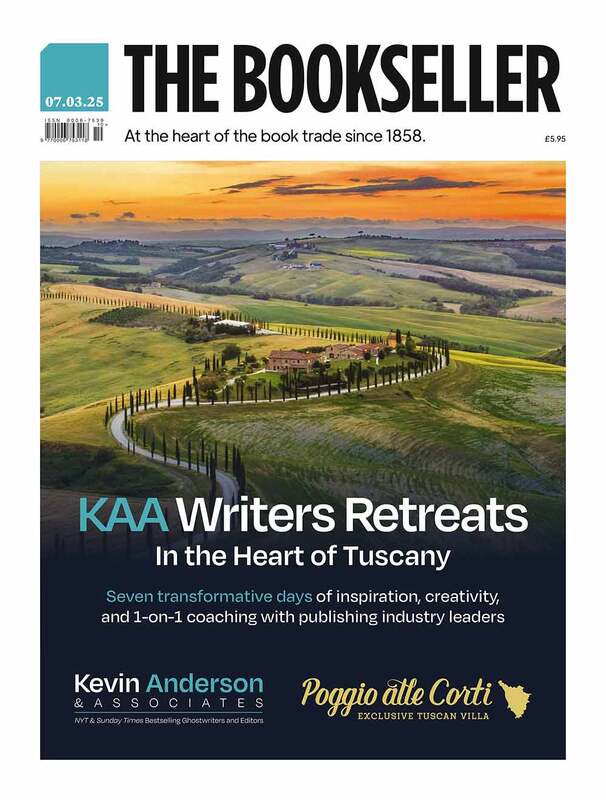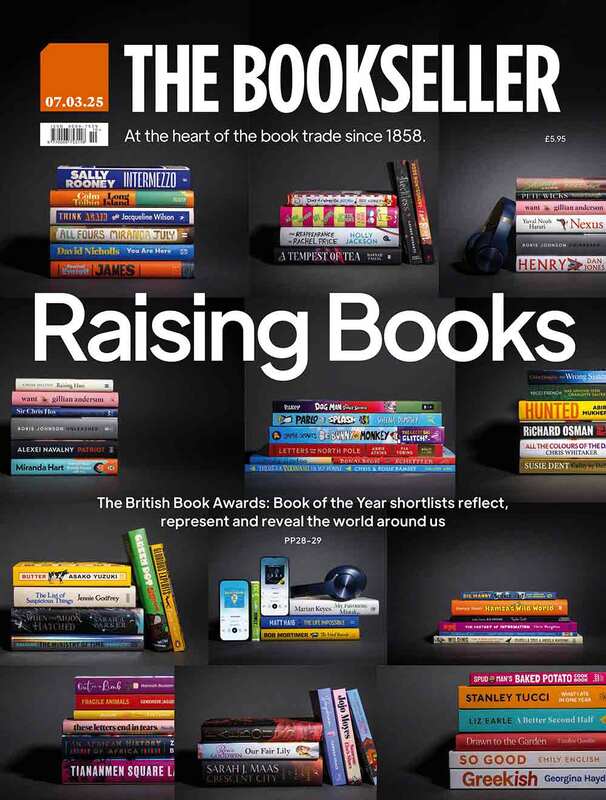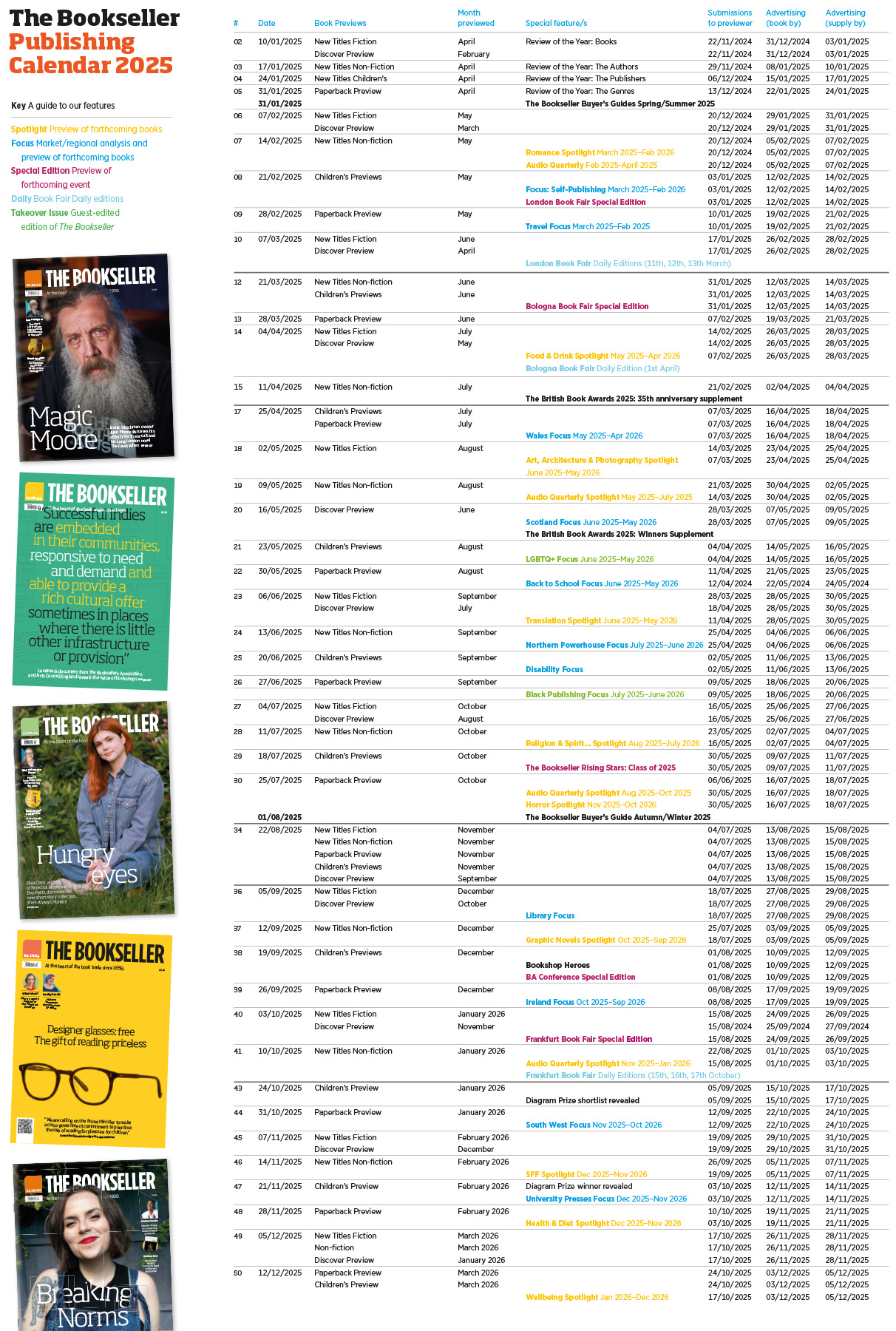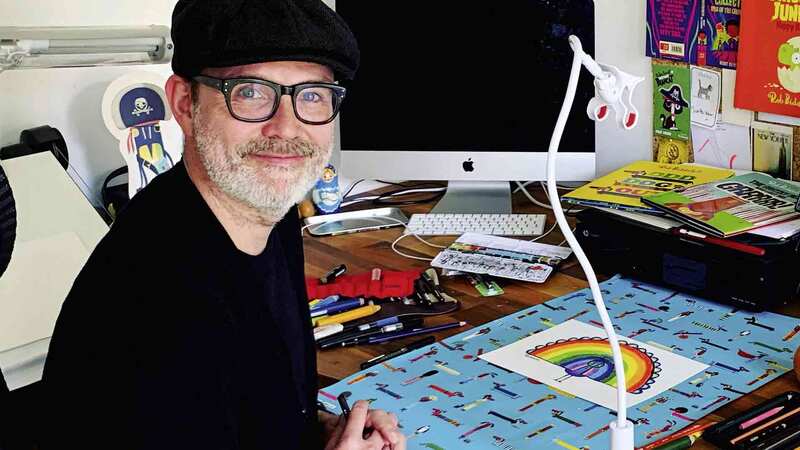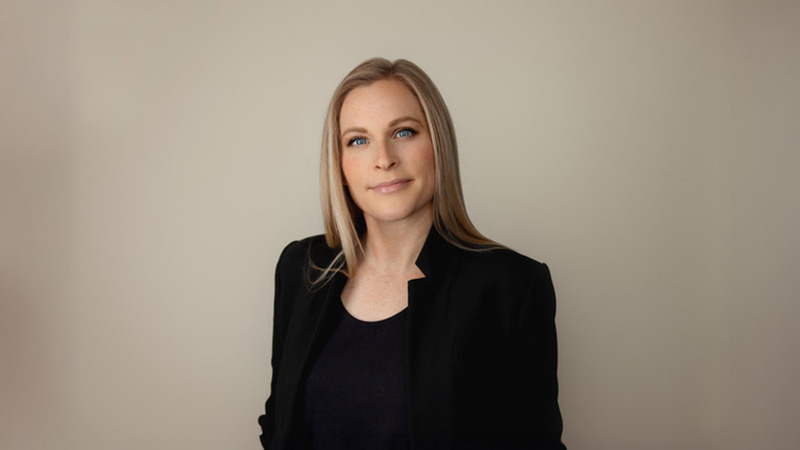You are viewing your 1 free article this month. Login to read more articles.
Trade challenged to reach out beyond white, middle-class 'Susans'
Long-held assumptions held by the trade about writers of colour must be challenged and a concerted effort made to reach new and diverse audiences, the industry heard yesterday tuning into a webinar launching the Rethinking ‘Diversity’ in Publishing report. It was also suggested the work of independent publishers in discovering and developing writers of colour should be acknowledged in financial terms.
Held on Tuesday 23rd June, the Zoom-based webinar is one of four panels taking place this week to mark the publication of the Rethinking ‘Diversity’ in Publishing report, the first in-depth academic study in the UK on diversity in trade fiction and the publishing industry with a particular focus on literary fiction, crime/thriller and young adult genres. The session was moderated by Joy Francis, executive director, Words of Colour, and featured novelist Alex Wheatle, report authors Dr Anamik Saha and Dr Sandra van Lente, Spread the Word’s chair Rishi Dastidar and Philip Jones, editor of The Bookseller.
Engaging in a wide-ranging discussion, the speakers explored diversity and representation in publishing. These included challenges around the effective marketing and promotion of the writers of colour who are published, issues around retail space and media exposure for writers of colour, whether bookshops could be more welcoming spaces for readers of colour, indies' vital role in developing writers of colour, confronting conversations that happen behind closed doors in corporate publishing houses, and the role positive action has to play in facilitating change.
Saha argued that to address systemic racism, the focus should be on challenging wrongly-held “‘common-sense’ assumptions” made about writers of colour that have been shaped by cultural biases. As one example, he talked about the idea that a person of colour on the front cover of a book will “immediately limit its audience” and “be seen as too niche”.
“For too long, across all institutions, there’s been the sense that institutional racism meant removing a few bad eggs. So this or that organisation can continue as it is, just without the racists,” said Dr Saha. “But actually racism is embedded in institutions in their structures. In the business of publishing, what needs attention are the assumptions and understandings publishers have about writers of colour and how they are received by wider audiences. It’s those assumptions that appear as common sense that actually need to be explored in order to see the racialising dynamics behind them … There have been books [with a person of colour on the front cover] that have sold hundreds of thousands of copies, but I’m not convinced that’s going to be enough. These assumptions appear common sense but they reproduce racial hierarchies and that’s what we need to rethink.”
Saha said furthermore that non-white and working-class readerships were “undervalued” because publishing still relies on white middle-class readers as its prime target audience.
“We found publishers still understand their audience as predominantly white, middle-class and the whole industry publishes books which are basically set up for this audience,” he said. “It’s not problematic by itself but what that means is there is an undervaluing of non-white middle-class audiences and working-class audiences and other demographics.
“In principle publishers would love to reach these audiences but they kind of don’t really know how or they don’t have the resources or, I’m sorry to say, there’s a disinclination towards doing that. And I think that’s a problem. Writers don’t want to be ghettoised in their communities but sometimes they want to write for those communities; to what extent are publishers really going to facilitate that? If it’s not seen as having value to the predominantly white, middle-class audience, then chances are you are going to be excluded and marginalised."
He emphasised: “Let's face it, modern Britain isn’t just that one kind of white, middle-class audience, it’s a number of diverse populations that all have their own desires and needs and understandings and a lot of these overlap at times. But at the moment until publishers really recognise that and really make a concerted effort to reach those wider populations, writers of colour are always going to be othered.”
Van Lente spoke about the “Catch-22” situation that is being created by publishers who imagine their core audience to be only white and middle class "because it has an impact on everything".
She explained: “If you have a very narrow sense of your audience, and if you believe there is not as much demand for books written by black authors and writers of colour, your sales projections will be lower; it will impact on the acquisitions that are made, also how low or high the advance will be as #PublishingPaidMe showed. The whole question about how much money is spent on marketing and PR often depends on how much has been invested in the book before, hence another ripple effect down the line, so you might end up with less visibility and ultimately lower sales. The next time a book by the same author or by another author of colour is compared with this, there will be this detrimental effect that goes all the way through; it is a catch-22. If you don’t know how to approach these audiences, you don’t believe in the commercial success, it trickles down and stands to repeat over and over again.”
Van Lente said this limited sense of audience is making slots for review coverage more competitive, too, with the same media being targeted, while writers of colour found they had to “perform their racial identity” in order to get the media exposure.
On the shop floor, meanwhile, it was suggested bookshops were not always welcoming spaces for readers of colour in comparison to libraries. “In particular for working-class communities, a lot of whom are black or Asian or minority ethnic, they can seem posh places where you’re afraid you’re going to be approached with ‘you need to buy something’ rather than going to a library,” said van Lente. “Stock is part of it and also staff. We spoke to some people in our interviews who had horrific experiences including racist comments.” Francis, executive director at Words of Colour, said she could count “on one hand” the number of times she had seen a bookseller who isn’t white.
Wheatle said he believed the whole ecosystem needs to support breakthroughs for writers of colour, from publishers to retail and the media for exposure, and that institutions need to be “brought to account”. He said: “We need to look into the institutions and these media players and ask questions of them: why are they denying us and why are they denying us the space? It seems that you only give us the space and profile once we win a Booker or something… I guess I was more fortunate because in some cases I was their idea of what a black author should be about (violence, riots, and so forth). But otherwise these writers are not getting that."
He added: “We’ve lost so much talent in this industry so we need to look into our institutions and hold them to account.”
The role independent publishers play in discovering, developing and championing writers of colour was another strong theme during the session. Wheatle made the point, in support of publishers like Jacaranda, it is often “pressure from small indies that make the big boys up their game”. Concurring, Saha said the work of indie publishers had not been acknowledged enough, with black and Asian publishers able to find talented writers within their communities and often on shoe-string budgets—and perhaps these should be financed and “supported with public money”.
Exploring how to fund and further incentivise independents for the work they do in discovering and developing writers of colour‚Äìwhen often the most successful are only to be “cherry picked” by larger corporates down the line‚Äìvan Lente made a point popular with independents such as Oneworld and Bluemoose that in the world of football there is a “transfer fee” to pay when players are picked up by larger clubs.
However, responding to the suggestion, agents indicated this would be more problematic than meets the eye. “The idea that, if an author of colour becomes successful, a proportion of their uplifted advance should go to a former publisher is not promoting equality of pay,” said David Higham Associates agent Lizzy Kremer. In agreement, Blake Friedmann agent Isobel Dixon said: “It’s tough when authors move on to another publisher, after intense nurturing and development, but it is a business and authors have the right to decide what is best for their own work and career, just as editors change companies. More support for indie publishers will help strengthen the publishing to keep the authors [they] nurture with them. But it is all part of the risk-taking of publishing.‚Ä©”
Jones, who worked on In Full Colour, a report on diversity within the trade published in 2004, said in his estimation "the dial has barely moved" 16 years on. Over and above publishers producing more statistics and initiatives, he argued perhaps change needs to come "from within" aided by publishers addressing their own demographics.
"Audits don't seem to shift the conversation, they just create more fire and brimstone around the terrible figures that come out of them," said Jones, continuing: "We can sit around and talk about statistics all day long but what I want to understand is what's happening inside publishing companies and I think this report really gets into that. It can be very difficult to have this conversation... and what I hear when I go to publishers' offices or when I go to publishing parties is often very different from what the corporate line is. That top-down corporate line on diversity is important, and some of the initiatives are very good intiatives, but it doesn't always feed through to the bottom and sometimes I think that groundswell of change needs to come from within."
He added: "In a sense I don't blame publishers. I think it's very hard for a board of mainly white men and women to discuss issues with which they have no familiarity or no lived experience of. This is why change can only come when those conversations are had and when the demographic within publishing actually changes and changes meaningfully. What I don't want to be doing in another 16 years is having this same conversation. At some point the conversation has to change and it has to be driven by understanding of what is really being said in publishing companies."
Dastidar said he agreed with Jones that the time for initiatives has passed. He said of all the creative industries, publishing is one where risk-taking is meant to be rewarded and he said boards now need to get to grips with these issues as a "business critical" problem.
"If the industry is struggling and is embarrassed by its lack of progress on this, let's start to frame this as a business critical issue," he said. "Take the idea of 'Susan' [the white, middle-class reader publishers have in mind] and this audience therefore cannot be stretched and, more than that, there aren't other audiences to be found. In my day job, if I was faced with the idea our audience is static and there's nothing we can do about it, that to me is defeatist nonsense. We have to assume the industry wants to grow. Of all the creative industries, it is one where risk-taking is visibly rewarded. You are meant to be investing in risk. This assumption that writers of colour or those from non-traditional backgrounds have to be ultra commercially safe to be even considered is to put everything the wrong way round. There's a cultural issue, yes, but fundamentally it strikes me as a strategic issue. Boards have to grasp this. Enough initiatives; this has to be baked into strategy. Whole conversations need to be had with shareholders to say 'guess what, we're going to divert some investment in this to grow markets and to find new audiences, because that's where the future of the business is'. Otherwise you're saying 'we are happy with the status quo and happy with gentle decline'... really?"
Further panels are scheduled for Wednesday 24th June at 12 p.m. via Instagram Live (@wordsofcolour) on how booksellers can "look beyond the middle-class reader"; on Thursday 25th June at 12 p.m. via Instagram Live (@wordsofcolour) on "rethinking how books by authors of colour are sold, marketed and promoted"; and on Friday 26th June at 12 p.m. via another Zoom Webinar (with BSL interpreters) on "the future publishing pipeline and meeting the needs of writers of colour". Details, including more in depth coverage of the Rethinking ‘Diversity’ in Publishing report, can be found here.

